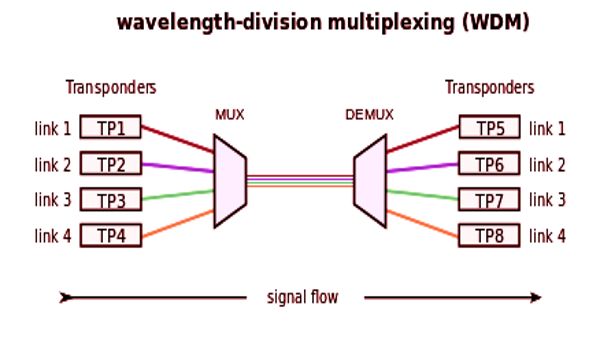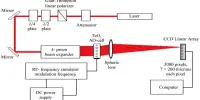Multiwavelength optical networking (MONET), is a method for communicating digital information using lasers over optical fiber. Optical networking is really the backbone of the modern Internet and their applications in the cloud will be diverse and limited to bandwidth. Optical networking speeds are becoming continuously faster and approaching all-optical networks for global Internet access.
Multiwavelength Optical Networks systematically studies the major research issues in WDM (Wavelength Division Multiplexing) optical networks, such as routing and wavelength assignment, QoS multicast routing, design of logical topologies, and placement of wavelength converters. The method provides the next level of communication networks after SONET optical networks. SONET/SDH is a TDM-based technique for framing data (or voice) onto a single wavelength on fiber. SONET is an ANSI specification. SDH is the SONET-equivalent specification proposed by the ITU-T.
MONET optical networks provide an even greater bandwidth capacity. MONET program was established to define, demonstrate, and help drive commercial technology toward a national scale WDM network that serves both commercial and specialized government communications applications. This new method employs wave division multiplexing (WDM) technology for transporting large amounts of telephone and data traffic and allow for interoperability between equipment from different vendors. The program includes WDM technology, WDM network element design and prototype fabrication, WDM network architecture studies, WDM network management software and WDM network testbed demonstration efforts. In fiber-optic communications, wavelength-division multiplexing (WDM) is a technology which multiplexes a number of optical carrier signals onto a single optical fiber by using different wavelengths (i.e., colors) of laser light.

Multiwavelength optical networking can help organizations:
- Reduce capital and operational costs,
- Simplify service provisioning,
- Support a wide range of new, high-bandwidth applications,
- Improve manageability, scalability, and efficiency,
- Overcome distance limitations.
An optical backbone can expand, providing service flexibility, resiliency, and optimizing the fiber infrastructure. It also reduces the need to maintain multiple wide area networks. In addition, it can help organizations meet business continuance objectives, which require a highly available network infrastructure.
First developed by the secretive National Security Agency as author James Bamford points out in his book, “Body of Secrets: Anatomy of the Ultra-Secret National Security Agency”. It was also discussed at the 1996 Military Communications Conference. This technique enables bidirectional communications over one strand of fiber, as well as multiplication of capacity.
Information Source:
















